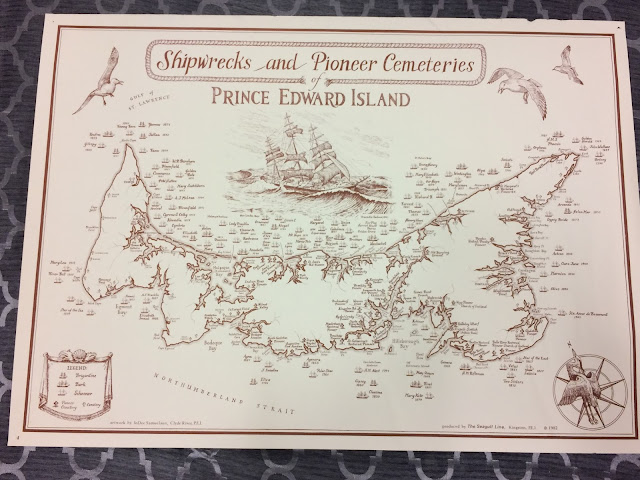the Truth Behind Corsets
Today we are delving into fashion history. More specifically corsets. Corsets are interesting because they are a piece of clothing we don't understand at all. It's fun to talk about how crazy they were - the marks left on the skin, the fainting! Women can feel empowered saying they would only take a role if there was no corset (Emma Watson in Beauty and the Beast).
The corset has a long, long history. We'll be, very briefly, looking at the corset from roughly the 16th Century onwards because that's what most people reading this will be more familiar with.
Corsets did shape a woman's, and sometimes a man's, body but most of the time it was actually an illusion, not women holding onto a bedpost so it could be pulled tighter so they couldn't breathe.
What is a Corset?
 |
| Image from the Smithsonian |
Stays - boned, structured garments that look like what we would consider corsets, usually had straps.
Jumps - very soft, quilted, and supportive undergarments.
Corsets - cross between the two. This term eventually won out and now a 'corset' covers all three.
We all know what it looked like. It's function and comfort is what is actually misunderstood. And no, Bridgerton, does not get it right.
The shape seen above was the basic shape until the early 1800's. In the 1800's, corsets were made of soft cotton with stiffer cotton cording for structure and support. In the front, there would be a slot for a metal or wooden busk for support. Sometimes there would be room/channels for boning. These supports were made to fit the wearer's body and GENTLY hug the curves!
A Normal Piece of Clothing
Corsets were just a normal piece of underclothing (or over depending on the time period or style). Corsets were not all the same. Think of it this way:
If you are hanging around your house, maybe doing some cleaning or relaxing, you would wear a comfy bra. AKA a more comfortable corset.
If you were going to a dance, maybe a wedding or work party, you may wear a bra with more support, and may even be a smidge uncomfortable. AKA a nicer and maybe more structured corset.
I Can't Breath!
Working women would also wear corsets. There are old photo's of women wearing corsets doing activities outside. Sledding, climbing, hiking, etc! So yes, women could breathe just fine.
The Victorian Period is often associated with really tight corsets and fainting because the shape became more hourglass. But, corsets were masters at illusion. The larger the chest and wider the skirts the smaller the waist looks.
Museums have not always helped this view that women couldn't breath in corsets either. Corsets are often displayed on mannequins with the edges meeting - the corset cannot be closed or tightened anymore. The reality is corsets were usually worn with the edges about 1 to 2 inches apart. Sometimes looser.
Patriarchy
Hilary Davidson, a dress historian and author of Dress in the Age of Jane Austin, says it best - the idea that women "walked around in these uncomfortable things that they couldn't take off, because patriarchy. . . and they put up with it for 400 years? Woman are not that stupid."
According to Davidson, these garments were actually comfortable. Women started wearing some type of supportive bodice garment as young girls. By the time they were adults, they would be use to it. Similar to modern day bras. Alden O'Brien, the Daughters of the American Revolution Museum's curator of costume and textiles, in Washington, DC, echoed that sentiment - "To have something that goes further down your bust. . . I'd really like to have that, because it would do a better job at distributing the support." (of your chest). It would also help support the numerous layers that made up a woman's dress.
Why all the misinformation?
1. Lack of care - not everyone cares about corsets or costumes in their productions
2. To fit the story/design - some productions aren't going for realism so they design the costumes to fit the story and design of their production
3. Life isn't that dramatic - would corsets of had to be tightened? Yes. Would some be tightened more than others? Yes. Was every single one tightened to the point they couldn't breathe? No. Most gently hugged the curves and, because they started wearing them as young girls, they were use to them by the time they were adults. They didn't just suddenly start wearing them as adults. Oh, I should also add, corsets were not worn against bare skin. In any era.
4. Everyone loves a good allegory - A tight, barely able to breathe corset is a great way to tell the watcher that this woman is stuck in a time when she is severely restricted in life. In both Titanic and Bridgerton the main female leads are restricted in their abilities, both socially and politically. The tightness of a corset is a good allegory for that.
So next time you watch a period piece and start thinking about how horrible corsets must have been, remember, Hollywood loves using corsets for drama and allegory.


Comments
Post a Comment